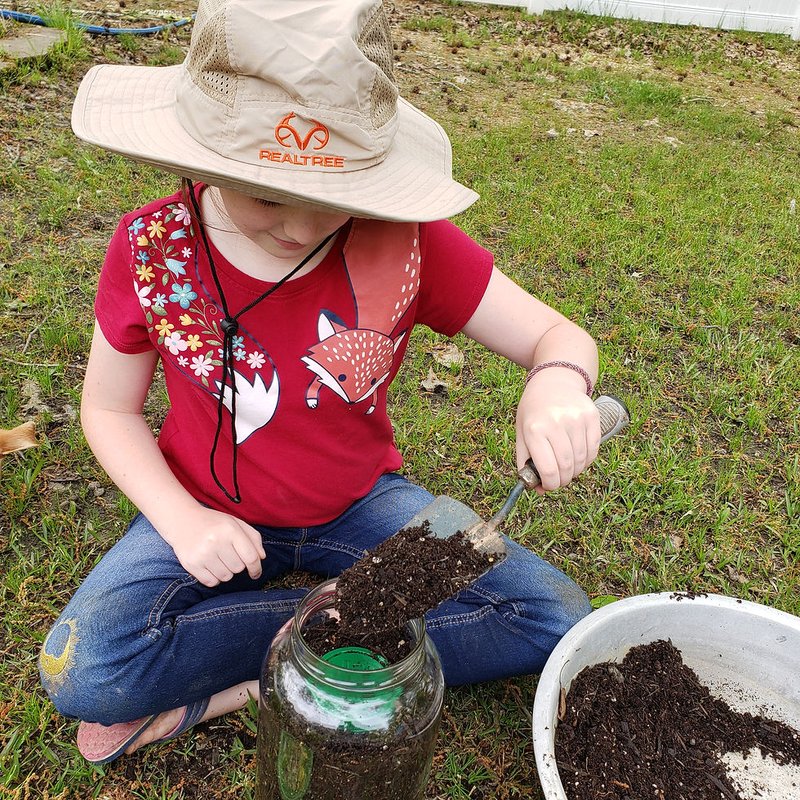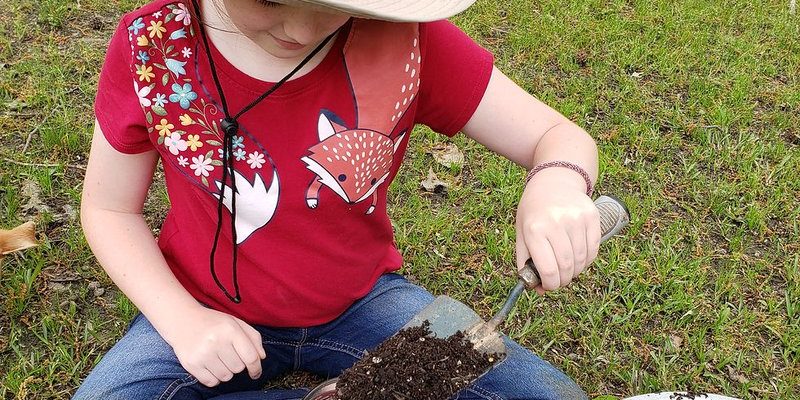
Now, you might be asking, “Why should I care about earthworms?” Well, let me explain. Earthworms are nature’s recyclers. They eat organic matter and break it down, improving soil health and aeration. By creating a habitat, you’re not just giving worms a place to live; you’re also helping your plants grow better. Think of it as inviting tiny gardeners into your yard, ready to work their magic!
Understanding Earthworm Needs
Before you start building, it’s important to know what worms love. Just like us, earthworms have basic requirements that keep them happy and healthy. Here’s a quick summary of what you need to create the perfect environment:
- Moisture: Earthworms thrive in damp conditions. They breathe through their skin, so they need moisture in their surroundings.
- Food: They eat decomposing plant material, kitchen scraps, and other organic matter.
- Temperature: They prefer cool temperatures, usually between 55°F and 75°F (13°C to 24°C).
- Soil Type: Rich, loamy soil is ideal for earthworms.
Creating an earthworm habitat isn’t just a matter of dumping some dirt in a box. You’ll want to replicate their natural environment as closely as possible to ensure their wellbeing. Take a moment to think about how you can create a cozy home for these little creatures.
Choosing the Right Location
Location is key when setting up your earthworm habitat. Think about where you want to place it in your yard. Ideally, you want a spot that isn’t too sunny or too shady. A place with dappled light is often best.
Consider these factors:
– **Drainage:** You don’t want your worms to drown. A location that’s slightly elevated, allowing for good drainage, is ideal.
– **Access:** Make sure it’s easy to reach. You’ll want to check on your earthworms regularly and add food as needed.
– **Away from Chemicals:** If you use pesticides or fertilizers in your garden, keep your worm habitat at a safe distance. Chemicals can harm these little guys.
Once you’ve found the perfect spot, it’s time to build their home!
Building the Habitat
Creating a space for your earthworms can be as simple or complex as you want it to be. You can choose from a variety of methods, like a worm bin or a simple outdoor compost pile. Here’s a look at a couple of options:
Option 1: Worm Bin
A worm bin (or vermicomposting bin) is a contained environment where your earthworms can thrive. Here’s how to make one:
1. **Materials:** Gather two plastic bins, some shredded newspaper, and a handful of soil.
2. **Setup:** Drill small holes in the bottom of one bin for drainage. Place it inside the other bin to catch excess moisture.
3. **Bedding:** Fill the top bin with damp newspaper or cardboard for bedding—about three inches deep. Add some soil for nutrients.
4. **Add Worms:** Introduce your earthworms to their new home! Red wigglers are fantastic for this type of setup.
Option 2: Outdoor Compost Pile
If you have a larger space, consider creating an outdoor compost pile:
1. **Choose a Spot:** Find a shady area where you can build a pile or a bin with wooden pallets.
2. **Layering:** Start with a base of coarse materials (like straw or small branches) to help with airflow.
3. **Organic Matter:** Add layers of kitchen scraps (veggie peels, coffee grounds) and yard waste (leaves, grass clippings).
4. **Worms:** Earthworms will find their way into this compost, so make sure there’s plenty of food for them as it breaks down.
Feeding Your Earthworms
You might be wondering, “What do earthworms eat?” Well, they’re not picky eaters, but they do have preferences! Here’s how to keep your earthworms well-fed:
– **Kitchen Scraps:** They love vegetable scraps, fruit peels, and coffee grounds. Just remember to avoid meat and dairy, which can attract pests.
– **Bedding:** Shredded paper, cardboard, and dried leaves serve as excellent bedding and food.
– **Routine:** Feed them every few weeks, but pay attention to how quickly they consume the food. If it’s gone, it’s time to add more!
Make sure to chop or shred larger scraps to speed up the decomposition process. This way, your worms will have plenty of munchies to enjoy.
Maintaining Your Earthworm Habitat
Taking care of your earthworm habitat is pretty straightforward. Here are a few tips to keep things running smoothly:
– **Moisture Levels:** Keep an eye on moisture. If it feels dry, sprinkle a little water. If it’s too soggy, add dry bedding to soak up the excess.
– **Temperature:** Monitor the temperature, especially during extreme weather. If it’s really hot or cold, consider relocating your bin or adding insulation.
– **Harvesting Castings:** After a few months, you’ll notice that your bedding will break down into rich, dark compost—also known as worm castings. You can harvest this and use it to fertilize your plants!
Keeping everything balanced will help ensure your earthworms live long and happy lives.
Why Earthworm Habitats Matter
Creating an earthworm habitat might seem like a small task, but it has a huge impact. Earthworms not only improve soil health but also promote biodiversity in your yard. They help break down organic matter, making nutrients available to plants. Plus, having a thriving ecosystem can attract other beneficial creatures like ladybugs and pollinators.
By nurturing these little guys and creating a home for them, you’re contributing to a healthier environment. You might be surprised at what a difference this can make in your garden!
Creating an earthworm habitat in your backyard is an enriching way to support your garden while also giving a home to some of nature’s best helpers. With just a bit of planning and some knowledge of their needs, you can set up a thriving space for these creatures. Remember, they love moisture, organic food, and a cozy spot to call home.
So grab your materials, pick a spot, and start building! Not only will your earthworms appreciate it, but your garden will thank you too. Happy worm-keeping!

